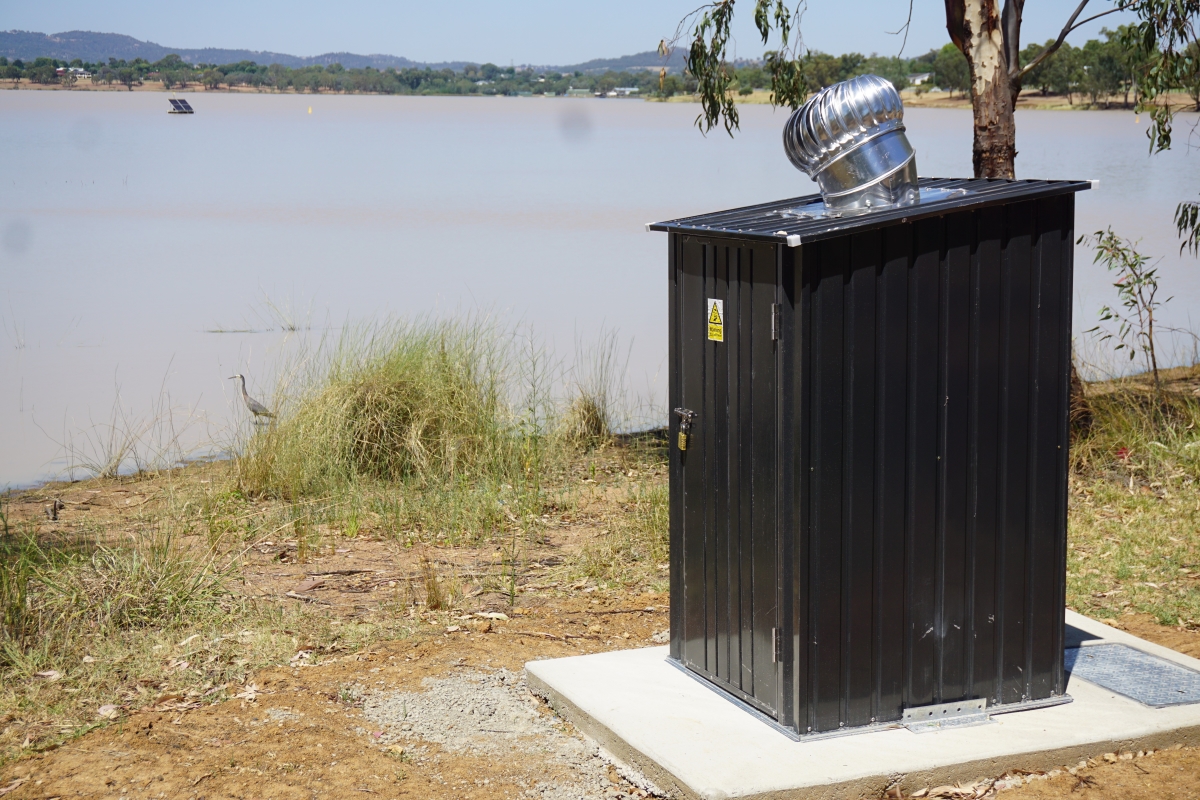A group of researchers led by Sir Andre Geim and Dr Alexey Berdyugin at The University of Manchester has discovered and characterised a new family of quasiparticles named ‘Brown-Zak fermions’ in graphene-based superlattices.
The team achieved this breakthrough by aligning the atomic lattice of a graphene layer to that of an insulating boron nitride sheet, dramatically changing the properties of the graphene sheet.
The study follows years of successive advances in graphene-boron nitride superlattices, which allowed the observation of a fractal pattern known as the – and today (Friday, 13 November) the researchers report highly surprising behaviour of particles in such structures under applied magnetic field.
Changing trajectories
“It is well known that in a zero magnetic field electrons move in straight trajectories and if you apply a magnetic field, they start to bend and move in circles,” explained Julien Barrier (pictured below middle), who carried out the experimental work with Dr Piranavan Kumaravadivel (below right).
“In a graphene layer which has been aligned with the boron nitride, electrons also start to bend – but if you set the magnetic field at specific values, the electrons move in straight line trajectories again, as if there is no magnetic field anymore!”
Dr Kumaravadivel added: “Such behaviour is radically different from textbook physics.”

“We attribute this fascinating behaviour to the formation of novel quasiparticles at high magnetic field,” said Dr Alexey Berdyugin (above left). “Those quasiparticles have their own unique properties and exceptionally high mobility despite the extremely high magnetic field.”
The work describes how electrons behave in an ultra-high-quality superlattice of graphene with a revised framework for the fractal features of the . Fundamental improvements in graphene device fabrication and measurement techniques in the past decade have made this work possible.
New possibilities in superlattices
The authors propose ‘Brown-Zak fermions’ to be the family of quasiparticles existing in superlattices under high magnetic field. These Brown-Zak fermions define new metallic states that are generic to any superlattice system, not only graphene, and offer a playground for new condensed matter physics problems in other 2D material-based superlattices.
Julien Barrier added: “The findings are important, of course, for fundamental studies in electron transport, but we believe that understanding quasiparticles in novel superlattice devices under high magnetic fields can lead to the development of new electronic devices.”
Read the full report on , or read the paper, , as published in Nature Communications.
is one of The University of Manchester’s – examples of pioneering discoveries, interdisciplinary collaboration and cross-sector partnerships that are tackling some of the biggest questions facing the planet. #ResearchBeacons








